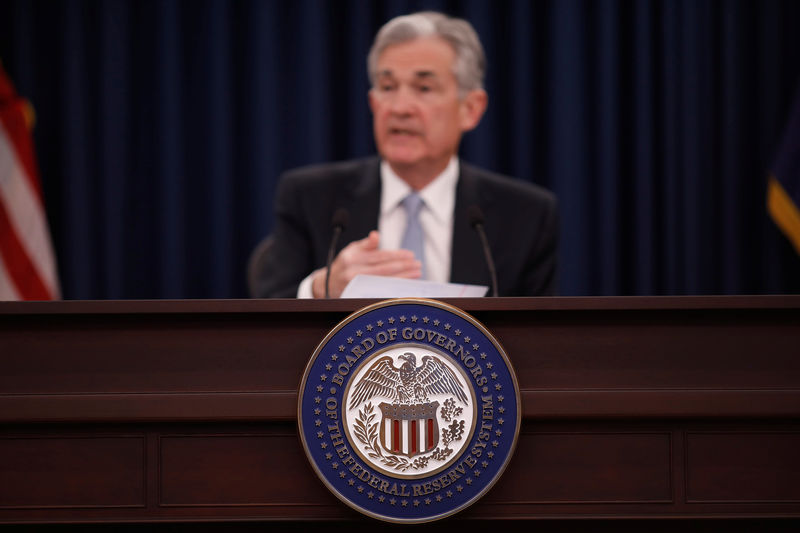 © Reuters. Wage inflation misses but tight labor market still points to 2 rate hikes in U.S.
© Reuters. Wage inflation misses but tight labor market still points to 2 rate hikes in U.S.Investment.com – The June jobs report reinforced the idea that the U.S. economy is trucking along with a solid labor market that isn’t seeing wage inflation get out of hand.
(NFP) rose by 213,000 in June, beating expectations for 200,000 jobs.
Wage inflation remained benign. Month-on month, eased to a 0.2% increase, from the prior 0.3% gain. On an annualized basis, grew 2.7% in June, matching the prior reading and missing expectations for an increase to 2.8%.
But ING Chief International Economist James Knightley said that wage increases will inevitably move higher, with the U.S. economy growing at around 4% in the current quarter, an incredibly tight labor market and headline consumer price inflation potentially rising to 3% next week.
“This suggests the Federal Reserve needs to keep raising interest rates with at least two more rate hikes likely this year,” Knightley said.
Markets appear to agree with expectations for a rate hike in September at 79.6%. Although traders are more cautious on the second move in December, odds are above the 50% threshold at 52.2%.
The increase in wages is being closely monitored by the Federal Reserve for evidence of diminishing slack in the labor market and upward pressure on inflation. Economists generally consider an increase of 3.0% or more to be consistent with rising inflation.
The minutes from the last meeting of the Federal Reserve noted that members felt wage pressures have remained “moderate,” although they expect wage inflation to pick up soon.
On Thursday, a National Federation of Independent Business survey showed that small businesses either hiring or trying to hire new workers hit a 19-year high.
“The search for qualified workers remains owners’ biggest problem, but many continue plans to increase compensation to attract workers”, the NFIB said.
The disappointed with an unexpected increase to 4.0%, from the prior 3.8%. But ING’s Knightley pointed out that the increased to 62.9% from 62.7%.
“There were 600,000 new people entering the labor force, which pushed the unemployment rate up for good reasons,” Knightley explained.
In fact, the U.S. has now created employment for 93 consecutive months, the longest stretch on record, and there have been more than 1 million jobs created so far in 2018.
Fusion Media or anyone involved with Fusion Media will not accept any liability for loss or damage as a result of reliance on the information including data, quotes, charts and buy/sell signals contained within this website. Please be fully informed regarding the risks and costs associated with trading the financial markets, it is one of the riskiest investment forms possible.
Source: Investing.com




























